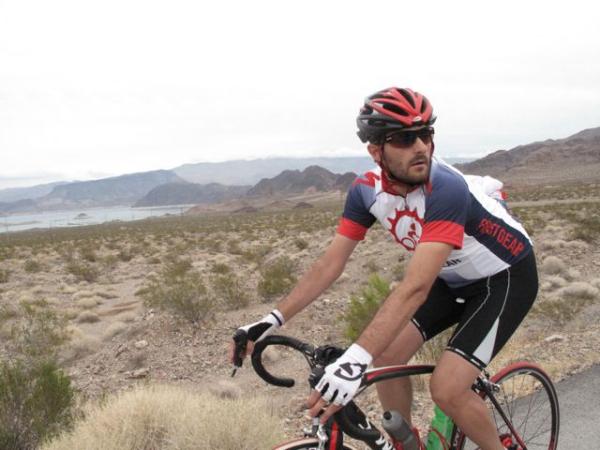eBay finds: Retro cycling jerseys from the 2000s
We've scoured the depths of the internet to bring you another instalment of the most memorable pro cycling jerseys
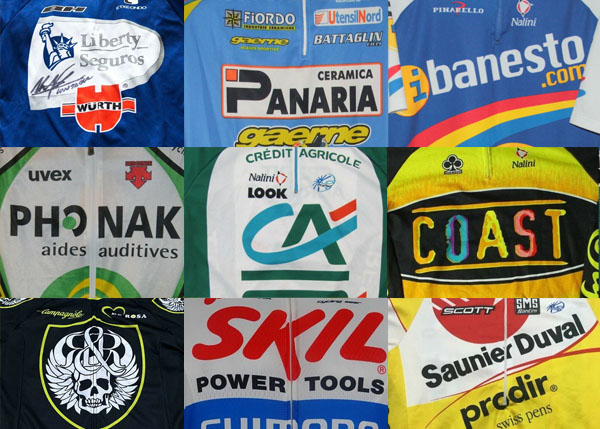
After trawling eBay for some of the best jerseys available from the 1990s, we've gone back for another retro kit fix, this time from the 2000s.
As with the 1990s, the 2000s saw some of cycling's great excesses, and that applied to the kits, as well. There's a truly eclectic range out there, ridden by an equally eclectic array of teams and riders.
As with the ones we found from the 1990s, there are some disasters and some beauties, and seemingly little middle ground.
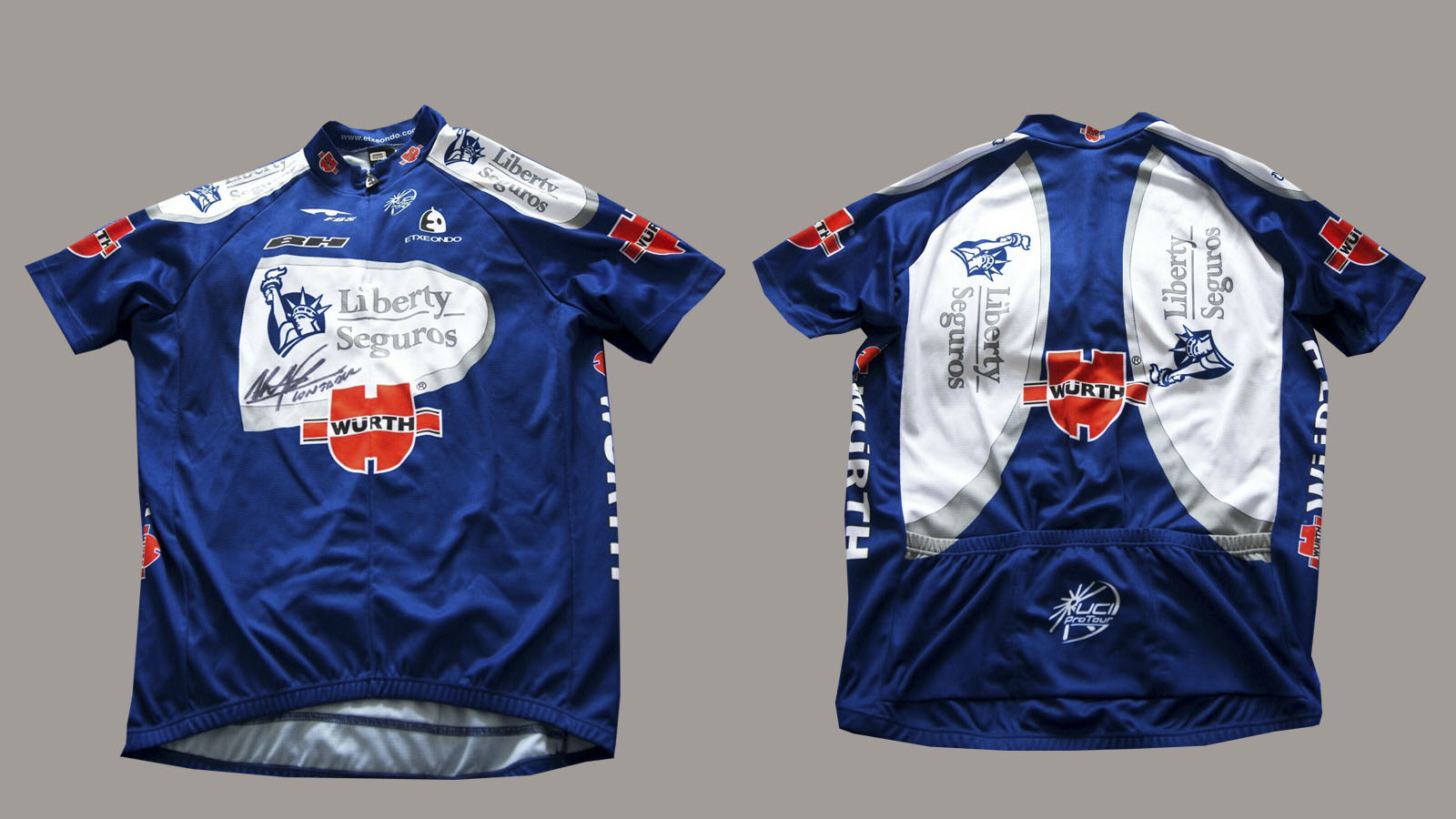
Liberty Seguros
Before the phrase 'marginal gains' was created, trademarked and inserted into every cycling interview, the phrase 'active rest' formed part of cycling’s lingo. It was a term designed by Manolo Saiz, who, before he rose to prominence for being busted with large quantities of cash in suitcases, was actually deemed a groundbreaking team boss.
The Spaniard put together the ONCE team – the yellow peril – of the 1990s and early 2000s and was the dominant, if not loudest, character in Spanish cycling for almost two decades. 'Nobody listens to the weak', he famously once said but, by the turn of the millenium, his team were starting to fall apart.
Liberty Seguros, who replaced ONCE as the primary sponsor, still had some exceptional talent, including a young Spaniard by the name of Alberto Contador, but a batch of Saiz’s men were taken down by Operación Puerto, from which Saiz was never able to mount a serious comeback.
This kit from 2006 was nothing on the halcyon days of ONCE and their yellow - and pink for the Tour - but it nevertheless stood out with the deep blue jerseys and matching BH bikes. This particular jersey is signed by Contador, hence the price.
Get The Leadout Newsletter
The latest race content, interviews, features, reviews and expert buying guides, direct to your inbox!
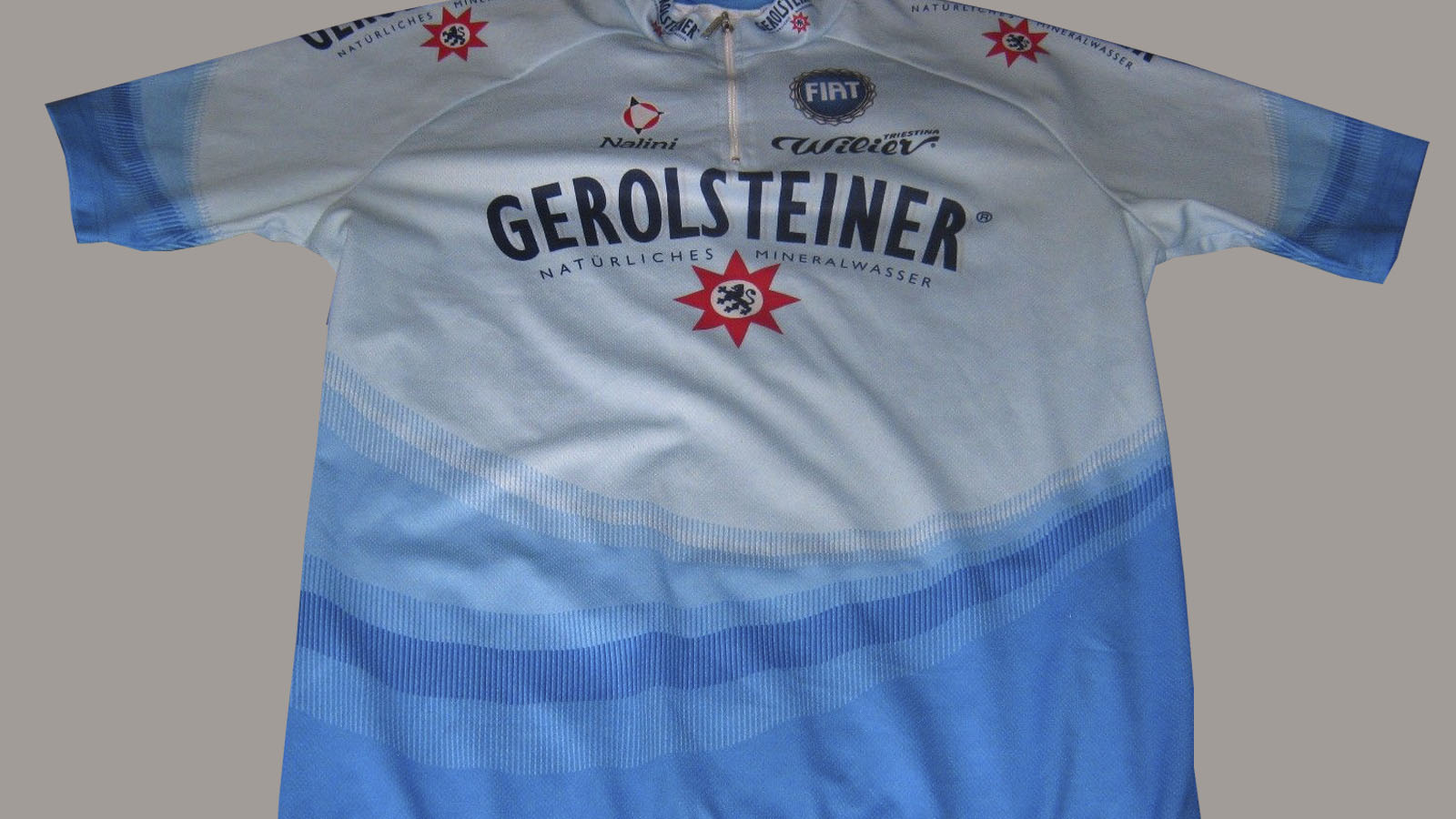
Gerolsteiner
Gerolsteiner and Milram went head-to-head in the 2000s for the title of most forgettable German team of the decade, but the former at least provided some highly memorable moments. Some of those extraordinary highlights were less savoury than others, with the team collapsing in 2008 after a string of doping cases.
On a personal level, I remember Stefan Schumacher approaching me in a bar at the end of the 2008 Tour de France and telling me that he wanted to do an interview because he felt his character in the media had been unfairly criticised.
A few months later, when he was eventually busted for doping, he failed or was unable to pick up the phone. Stefan, if you’re reading this, please get in touch. It’s not too late for the interview.
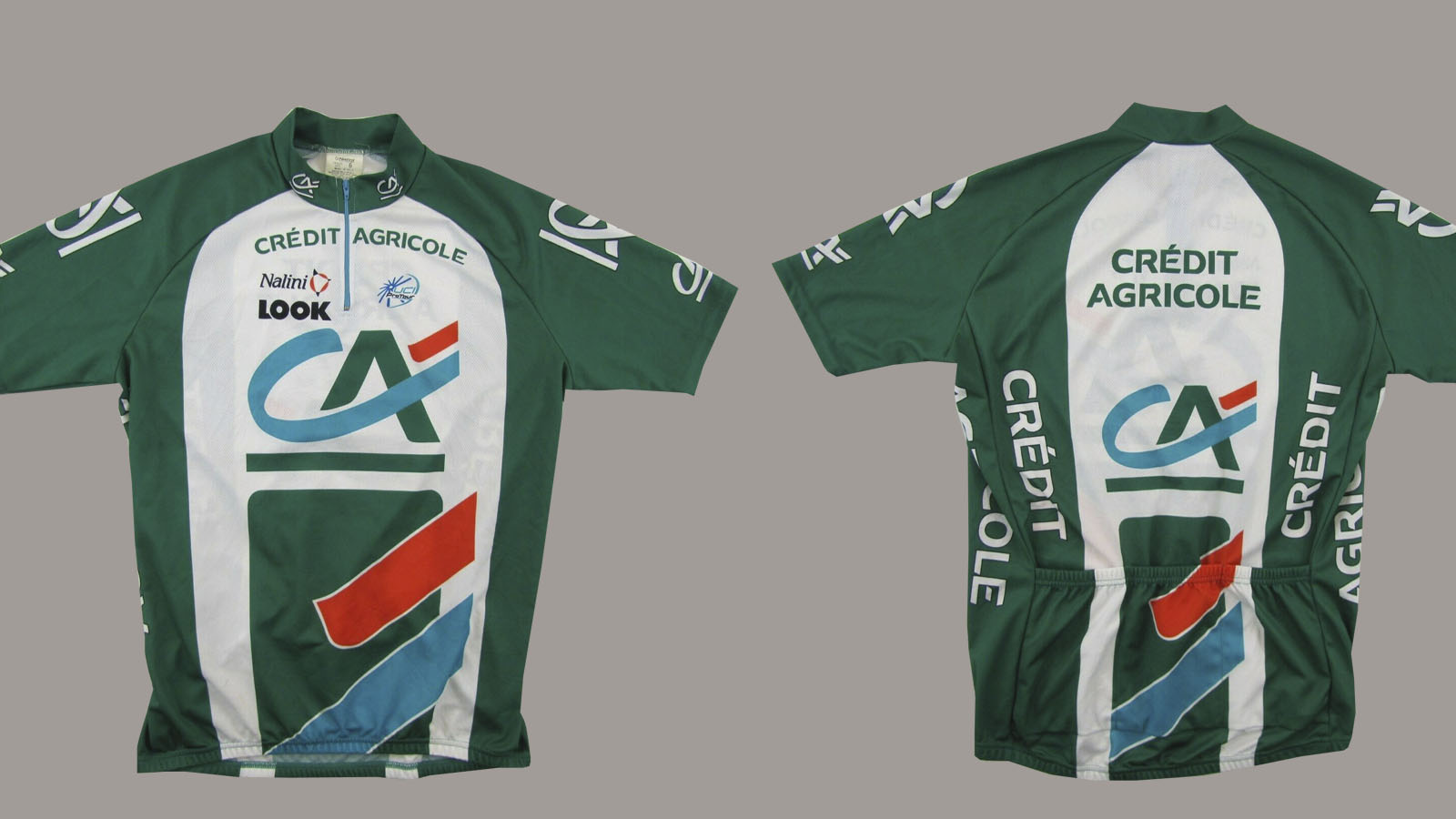
Credit Agricole
Roger Legeay needed a new sponsor after GAN stepped back in the late 1990s and Credit Agricole filled the void to sustain one of France’s greatest love affairs with the sport.
Legeay’s project had grown from Peugot and then Z, before morphing into GAN. The Credit Agricole years saw him keep the ethos of his teams intact, with a strong presence of Australian and British speaking riders to help compliment a base of homegrown talent.
The jerseys had a classic look – understated like that of GAN’s kit – but with bolder blocks of colour and that distinctive logo at the centerpiece. Legay never returned to management at the end of 2008, with his final squad toasting him and his legacy at their final major race in Paris-Tours. He now heads up the MPCC, while a number of his riders – Thor Hushovd, Simon Gerrans, Jens Voigt and Chris Boardman – remain part of the sport in various capacities.
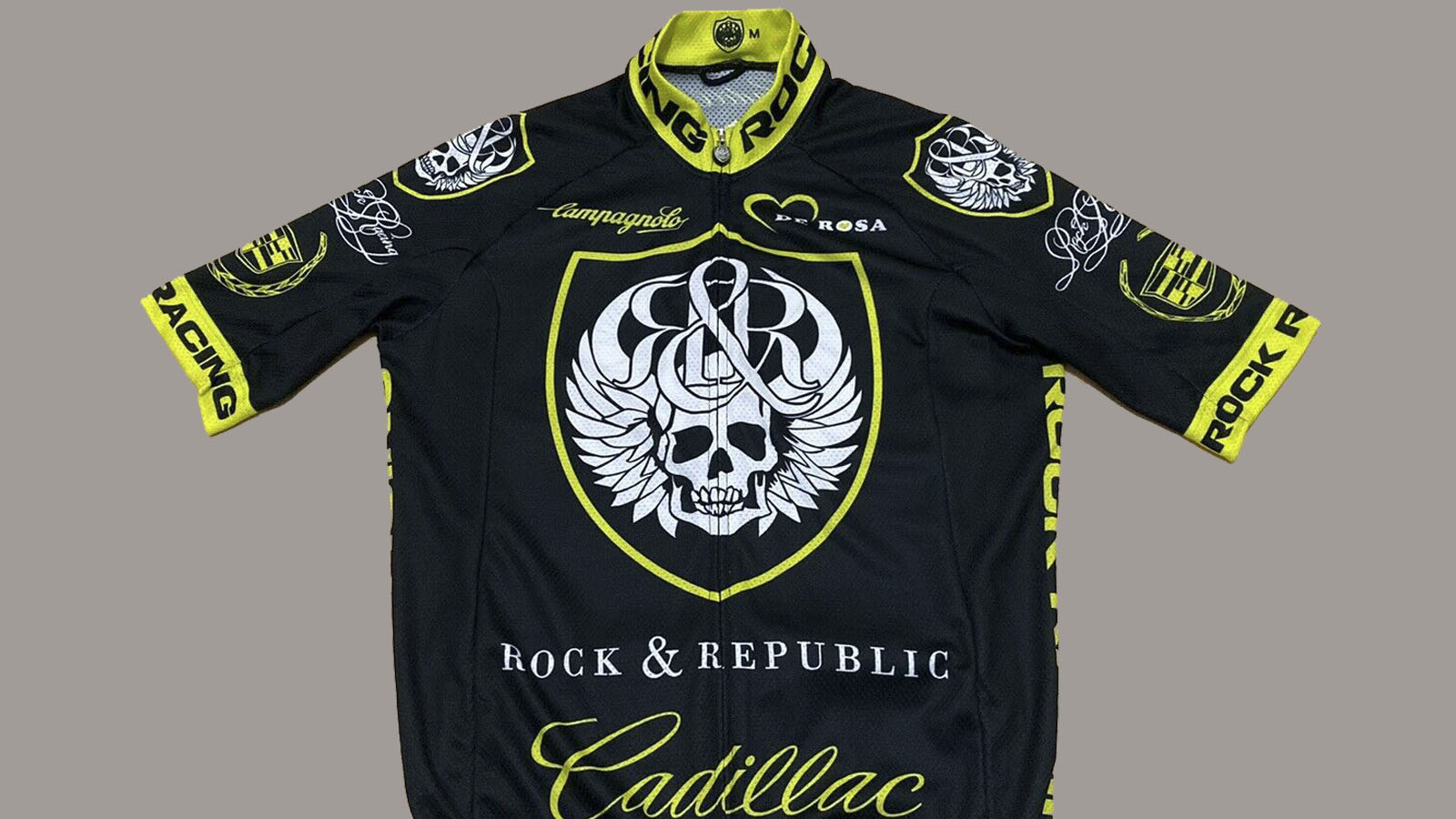
Rock Racing
If there’s one lesson we all learned from the United States’ downward spiral from the last decade, it’s that Rock Racing kit was massively overpriced. Back in 2008 and powered by Michael Ball’s ego, the team snapped up Tyler Hamilton, Santiago Botero, Oscar Sevilla and brought Mario Cippolini out of retirement.
They even persuaded Rudy Pevenage back into the sport. Put it this way, if you had Puerto on your CV, there was a good chance of Ball offering you a contract. They came, they made a lot of noise, but they never actually conquered because the glam - or whatever else was powering Ball - would eventually run out.
By 2010, the team were denied licences at two different levels before eventually vowing to race as an amateur team. The stars had already left by that point, Ball later vanished too, but the kits they produced epitomized Ball’s desire to stand out and be different. There were a number of versions produced, with this black, white and yellow one of the most iconic.
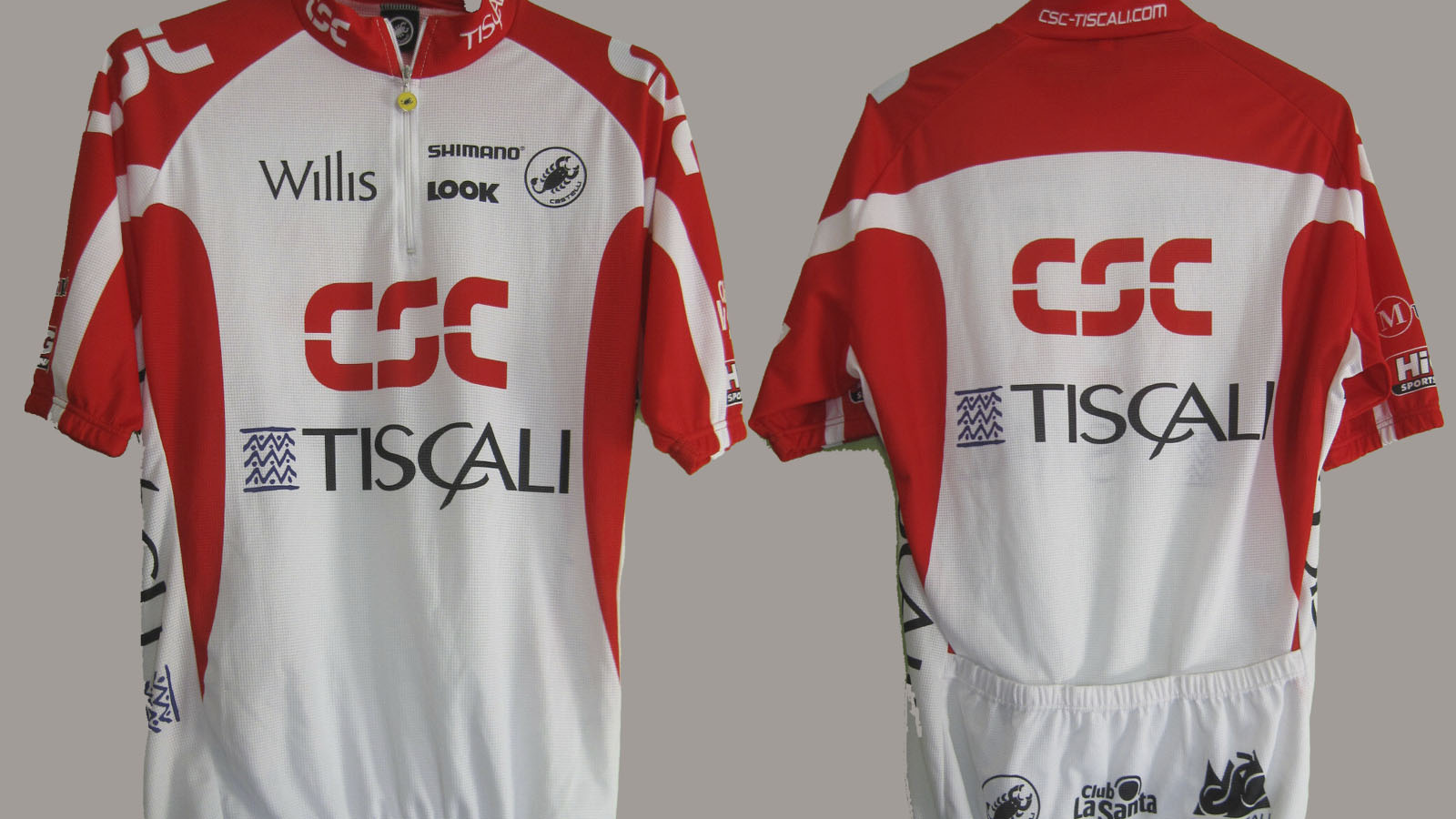
CSC Tiscali
Bjarne Riis’ Danish team were in their second year when Tiscali joined the party in 2002. By that point, the controversial Danish Tour de France winner had blended Scandinavian grit with French flair, with the Jalabert brothers mixing with the likes of Rolf Sorensen and a young Michael Rasmussen. The 2001 jersey had been an overwhelmingly red and black affair but the 2002 version set the tone for several years, with its predominantly white base and red shoulders.
Black panels were brought back in some of the later designs but the Tiscali coat of arms – the co-sponsor only remained at that status for a season – remains one of the most iconic looks from the 2000s. Riis, for all his issues, was always adept at building and rebuilding teams. He signed Jalabert in the twilight of his career but still managed to draw two Tour de France King of the Mountains titles out of the Frenchman before he announced his retirement from the sport on the rest day of the 2002 Tour.
Jalabert won San Sebastián a few weeks later and Riis invested in an array of talent that later included Andy Schleck.
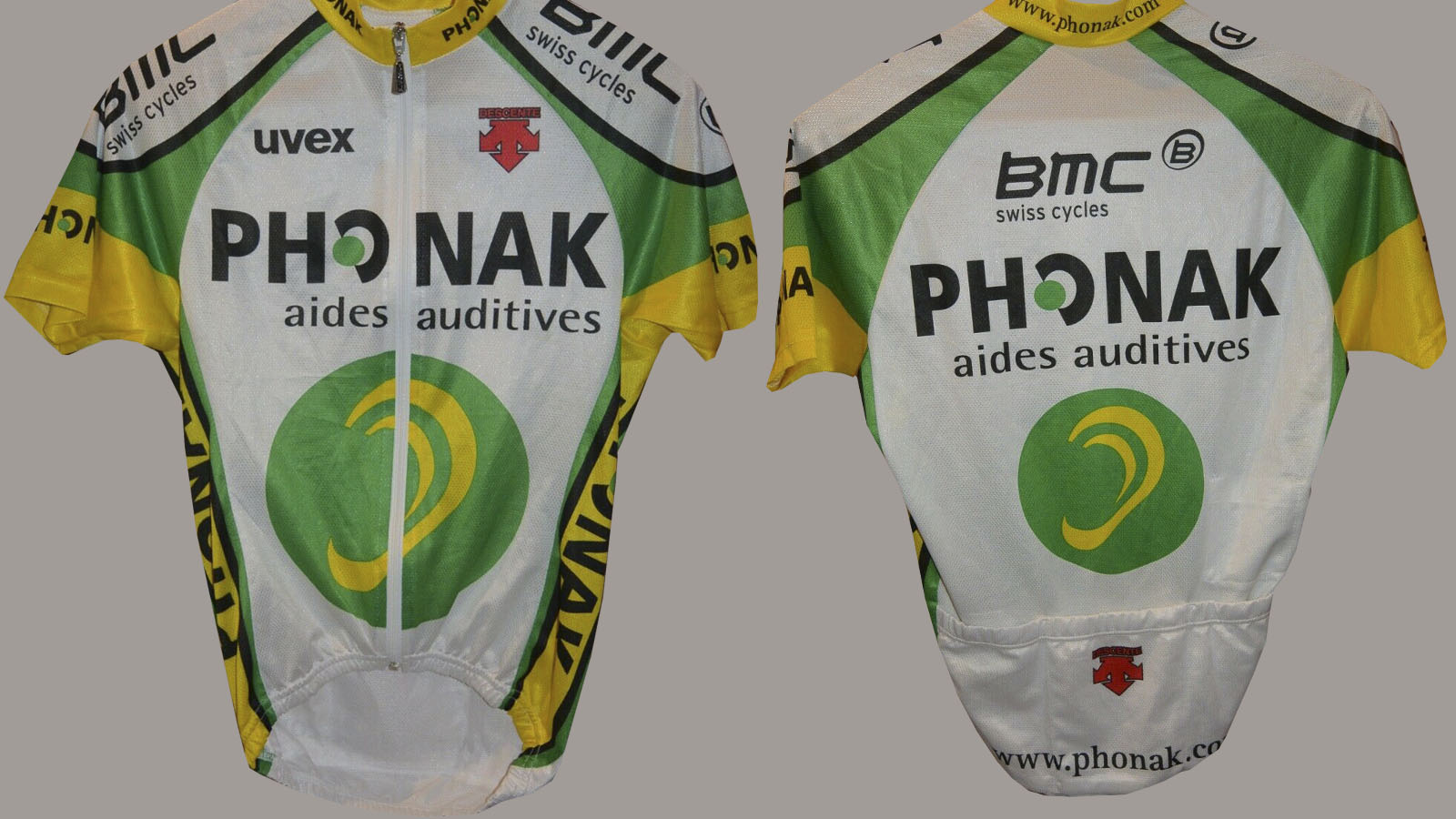
Phonak
If US Postal were the most sophisticated doping team then what on earth were Phonak? The Swiss organisation lurched from one doping catastrophe to another during their short but memorable time in the top tier with virtually all their team leaders taken down by the authorities.
Oscar Camenzind was busted for EPO, Tyler Hamilton and Santiago Perez both went down the route of transfusions, while Floyd Landis - positive for testosterone - remains the only rider to lose his Tour title due to a positive test. The kit was just as haphazard with so much going on you almost lost sight of the fact that the centrepiece was a huge ear and hearing aid on display.
The bright green shorts were diabolical but somehow the combinations worked. Maybe it was the fact that their riders looked so distinctive but Phonak would eventually retreat from the sport before BMC Racing emerged from the shadows.
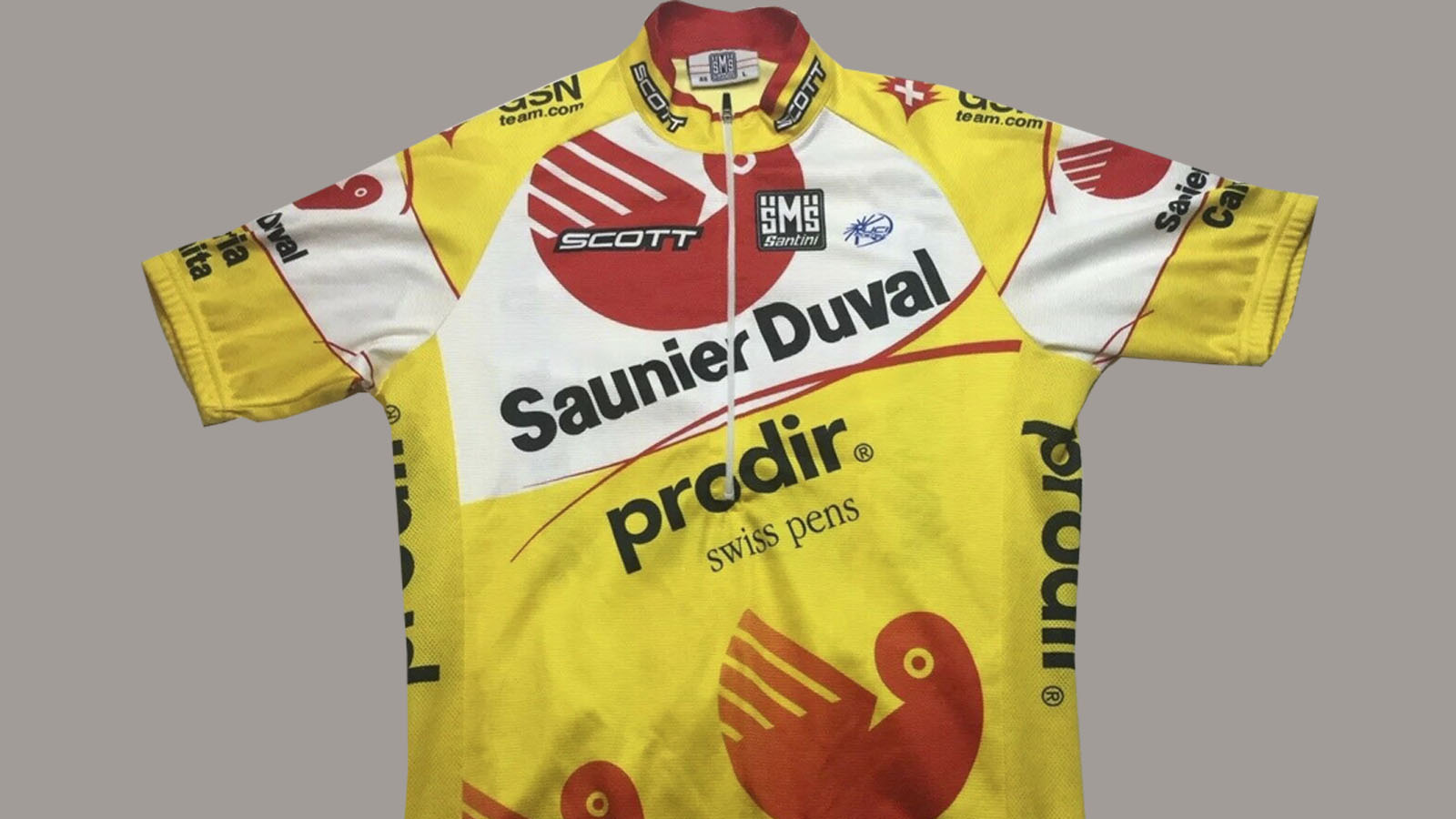
Saunier Duval
The Spanish squad only had seven sanctioned riders on their roster but they involved some of the most high profile cases in the sport, with the 2008 Tour de France acting as the epicentre.
Anyone who can remember Hautacam 2008 will recall Piepoli and Cobo riding away from the peloton at an entirely different speed, while Riccardo Ricco' was later escorted from the race by police.
The kit below comes from 2006, with a few light touches made before 2007 and 2008.
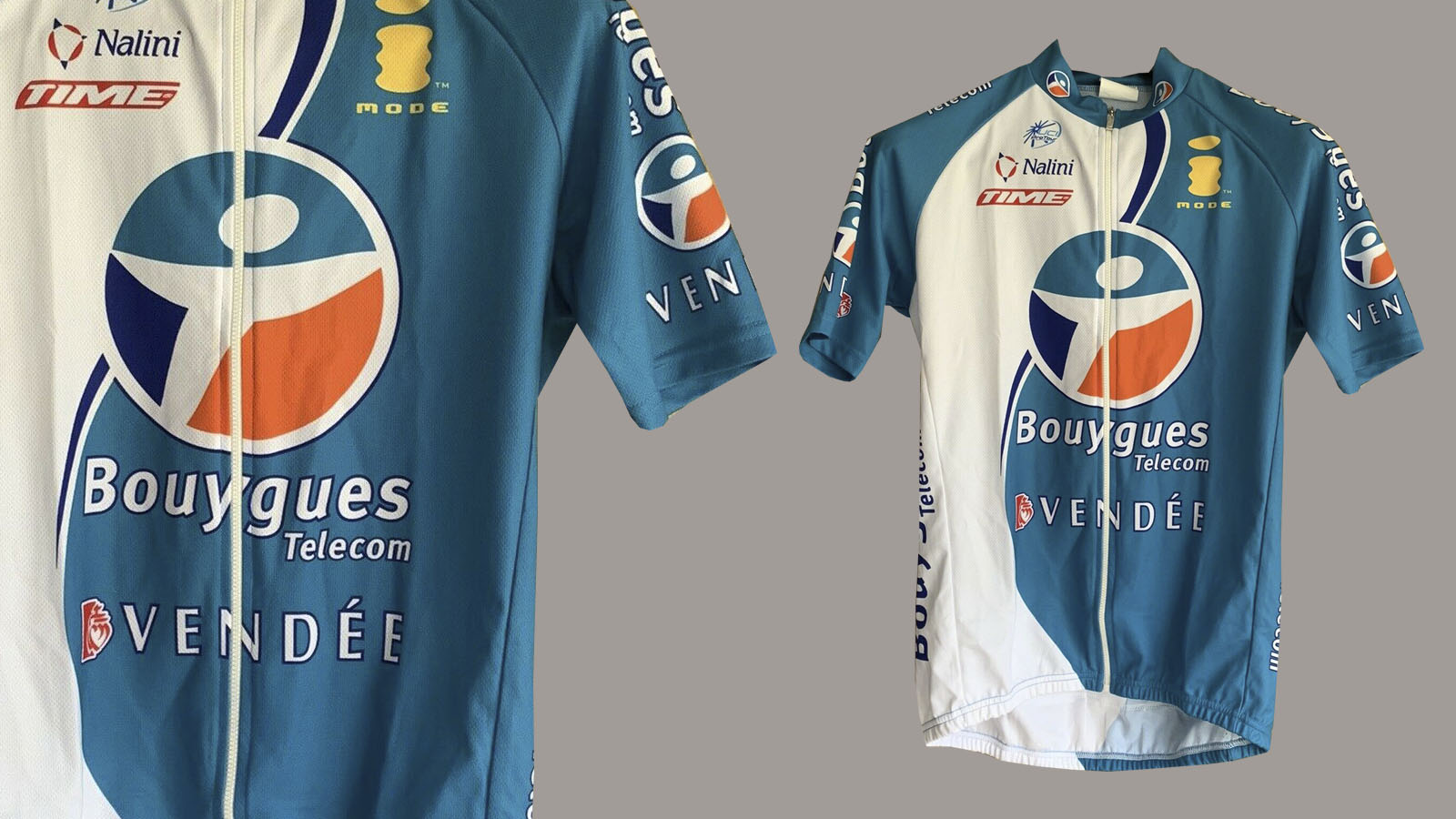
Bouygues Telecom
Jean-René Bernaudeau has overseen some wonderfully eclectic kits throughout his management days - from Bonjour to Europcar and Direct Energie - but his Bouygues Telecom squads from 2005 to 2008 were some of his best. They blended the old guard, like Laurent Brochard and Didier Rous, with a wave of young talent in the form of Pierrick Fedrigo, Jérôme Pineau, Thomas Voeckler and Pierre Rolland.
Never prolific winners, Bernaudeau often asked that his riders simply reached the end of the season without any regrets. By 2010, with Voeckler effectively holding the team together thanks to his results, Bernaudeau was desperate for a new sponsor after Bouygues Telecom decided that enough was enough. Europcar came in at the eleventh hour and the team were saved. However, the kit irrevocably changed and the colours of Bouygues Telecom were lost forever.
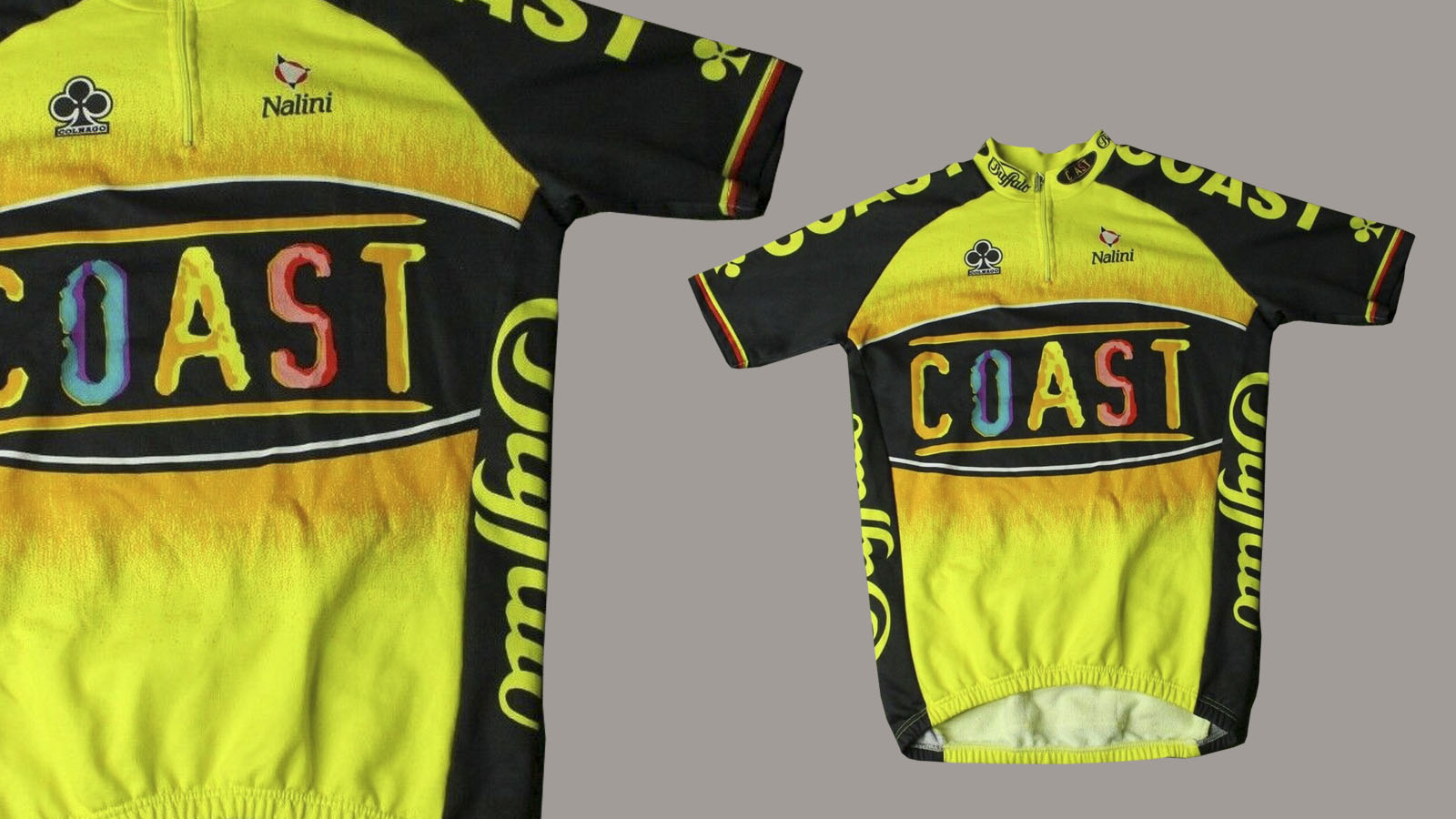
Team Coast
Marcel Wust wrote a wonderfully insightful piece about the demise of Coast in mid-2003 when Bianchi stepped in to save the team, but for just over two years Coast attempted and eventually failed to rival the powerhouse that was Team Telekom.
They sprang up in 2000 with former Olympic track rider Gregor Braun at the head of affairs. He was replaced after a season as the team moved into the first division and signed a batch of household names in Fernando Escartin, Mauro Gianetti, Frank Hoj, and Alex Zulle. The party lasted for just over two years before financial woes set in and the team hit the rocks. The UCI eventually suspended them in March 2003 due to staff and riders not being paid and, by the Tour de France, the Coast branding was gone and had been replaced by Bianchi.
It was a sad end to a team that promised a lot but never delivered, but their yellow and black kits and their accompanying Colnago bikes added a touch of class to the peloton.
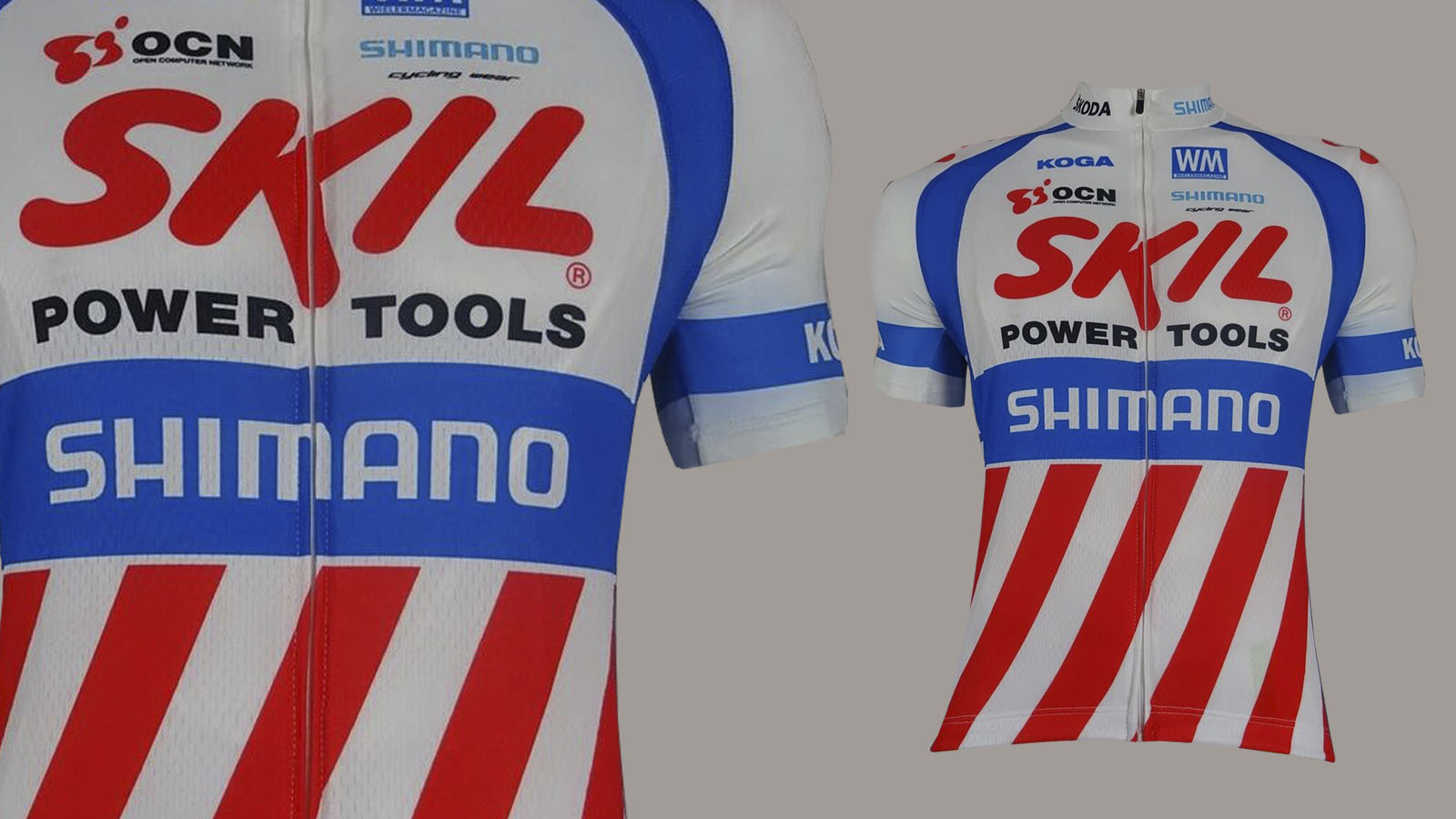
Skil-Shimano
Rabobank were the unquestionable powerhouse of Dutch cycling during the decade but for a few weeks in 2009 the loudest fanfare at the Tour de France was reserved for Skil-Shimano and their plucky underdog spirit.
Kenny van Hummel was labelled as the worst climber in Tour history, they had no genuine GC presence, and they looked out of their depth at times, but they threw caution to the wind and made racing exciting on some of the dull, flat stages.
Their kits brought back into focus the Skil brand too, and while the team evolved and morphed as the years went on, they retained an ability to produce a decent-looking kit.
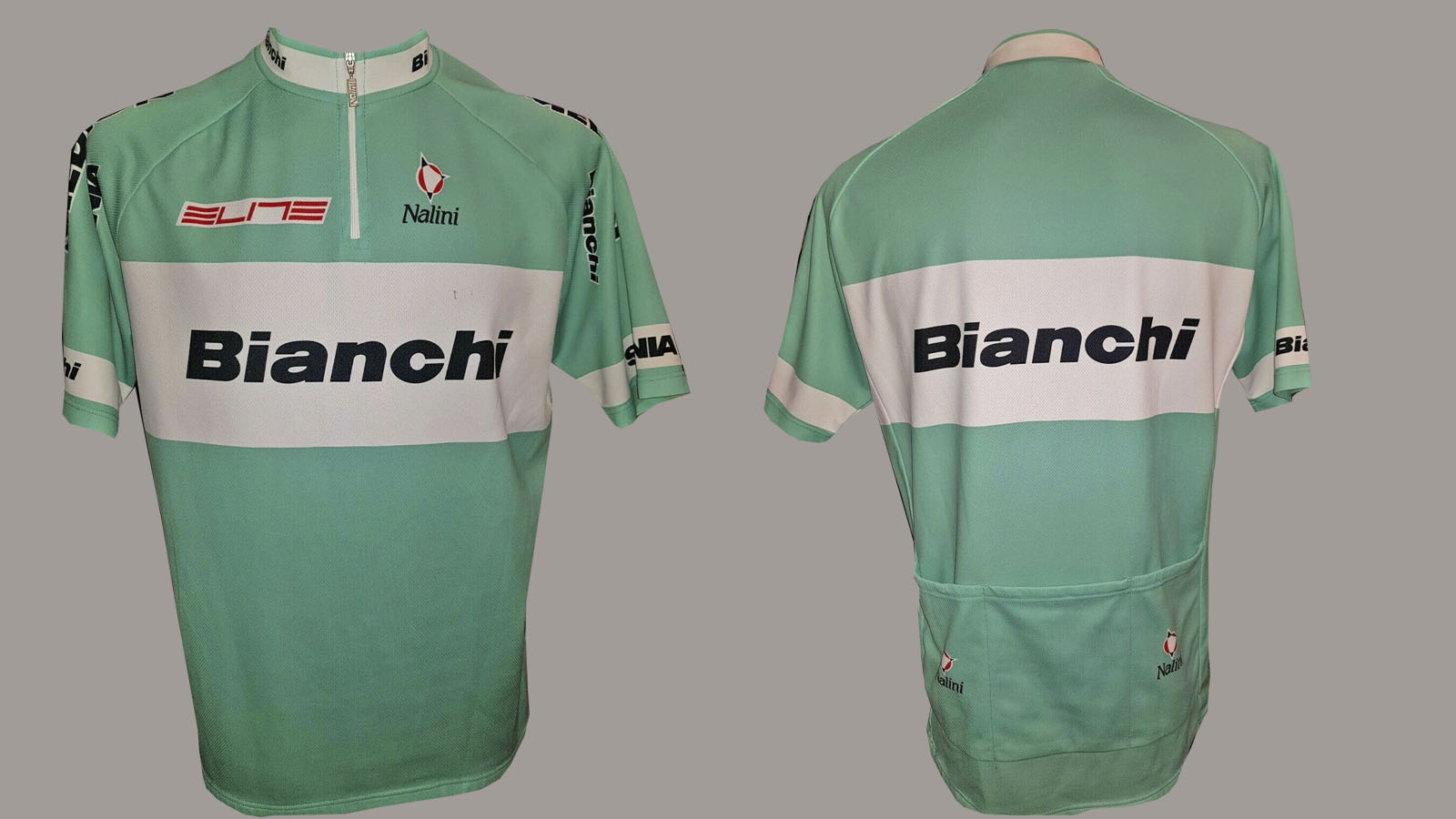
Bianchi
For three weeks in July 2003, it looked as though Lance Armstrong’s reign at the Tour de France was about to come to an end. Finally, after years of arriving at the race out of shape, Jan Ullrich was back to his supreme best.
He suffered on Alpe d’Huez, almost quitting the race through illness but his time trial ride to Cap Decouverte was simply breathtaking.
He put Armstrong on the ropes once again on the road to Ax 3 Domaines and although he came up short, the sight of the German mashing out his metronomic pace in the mountains while in classic Bianchi colours made the Tour exciting, even if only for the briefest of moments.
At the end of the year, Ullrich decided to end his year-long hiatus from Team Telekom and the Coast–Bianchi experiment ended. Little did we know that the German would never regain that level.
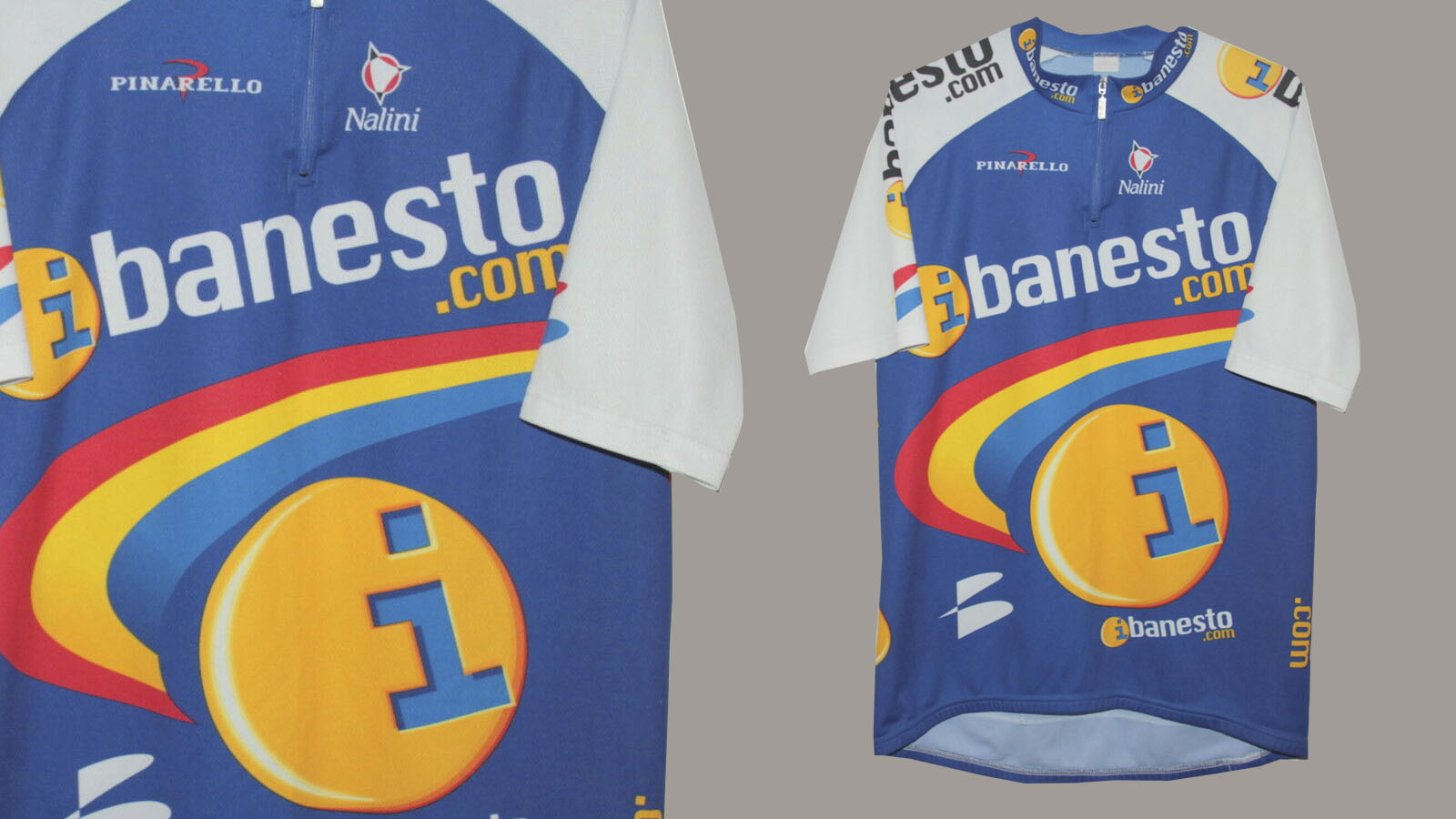
iBanesto
After Miguel Indurain hung up his wheels in 1996, Banesto rather understandably struggled to replace him. They pinched Abraham Olano from bitter rivals ONCE and then later replaced him with Alex Zulle but neither rider came close to replacing Big Mig.
The rider who came closest – in terms of winning over the Spanish public - was the late Jose Maria Jimenez, an enigmatic climber from El Barraco who was either sensational or atrocious. He definitely didn’t do mediocre.
His finest hour came in 1998 when he won four Vuelta stages, while the less popular Olano sealed his first and only Grand Tour win. By the early 2000s, Jimenez’s form was becoming increasingly erratic but he rallied in the Vuelta once more to win three stages and the KOM competition.
Like the FDJ kits over the years, there was rarely a poor Banesto jersey and even this 2001 version is a class above the majority of the kits from its day. It’s incredibly hard to make a kit with a ‘.com’ in the logo look crisp but Nalini still pulled it off.
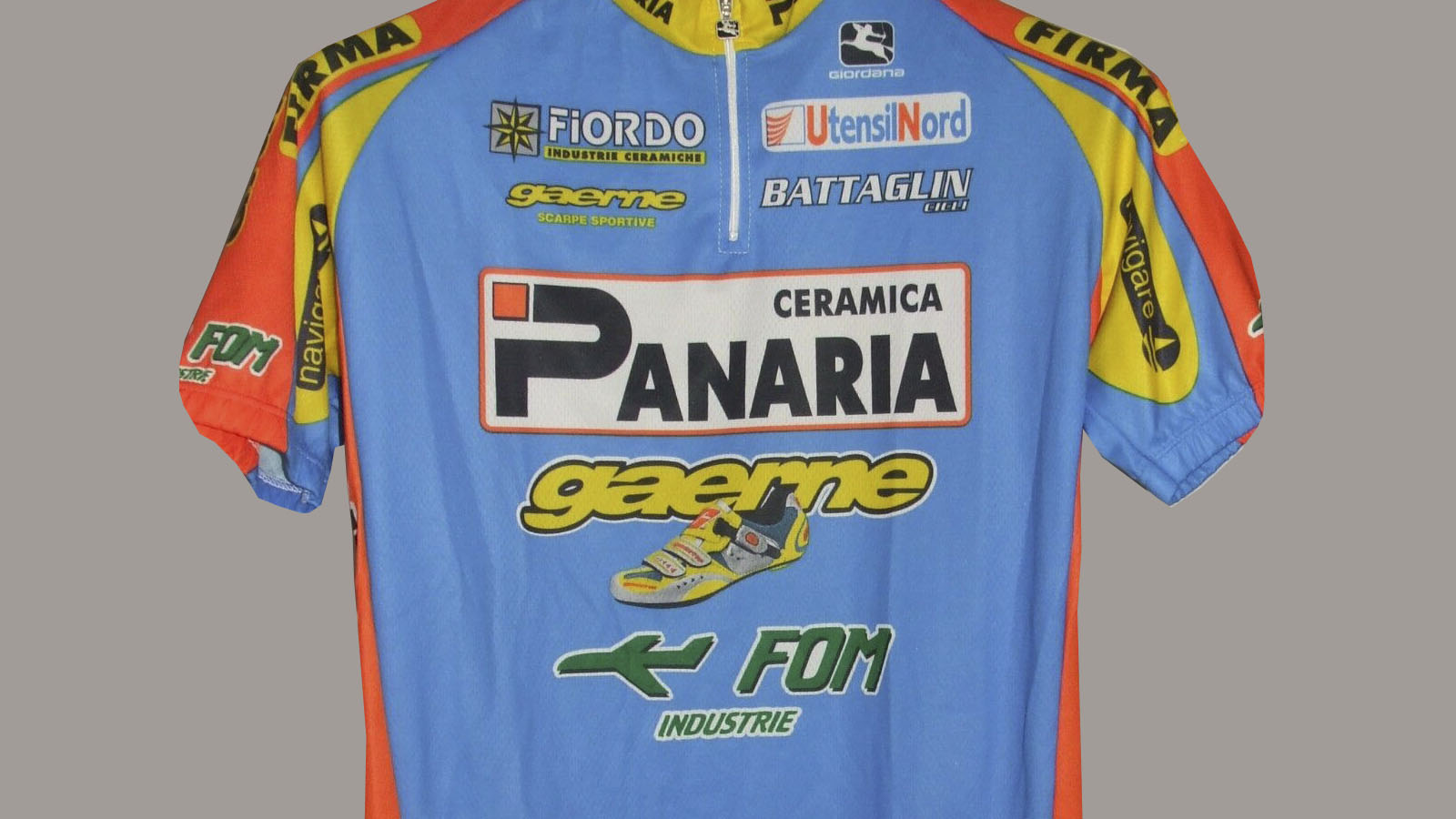
Panaria Gaerne
The Panaria squad supported Pavel Tonkov to his one and only Giro d’Italia win in 1996 and returned to the sport at the start of the 2000s. They retained their distinctive orange look for most of those years but swamped for a blue version in 2002 when Gaerne joined as a secondary sponsor.
It wasn’t a patch on the 1996 Panaria Vinavil jersey but the second division team were a precursor for the of the second division Italian teams we see in the Giro d’Italia these days.
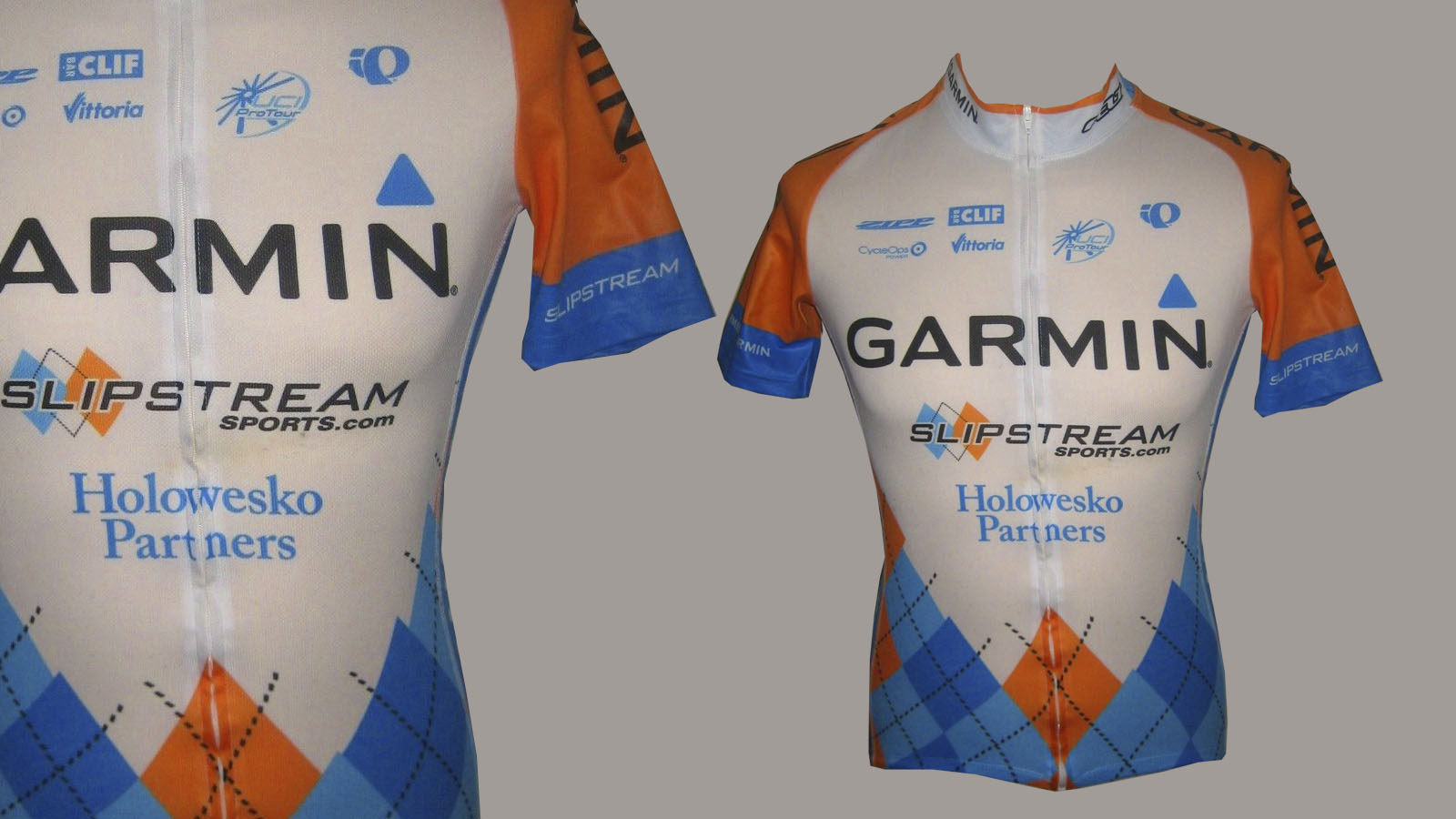
Garmin Slipstream
Jonathan Vaughters’ team arrived on the scene in 2008 as a plucky ProContinental team with invites to both the Giro d’Italia and the Tour de France. They stunned everyone with the win in the opening team time trial at the Giro and then propelled Christian Vande Velde to fourth at the Tour de France in July.
Their argyle colours brought a fresh feel to the peloton at that time, and although the team has changed too many times to count in the years since, their 2008 and 2009 kits remain their most memorable.
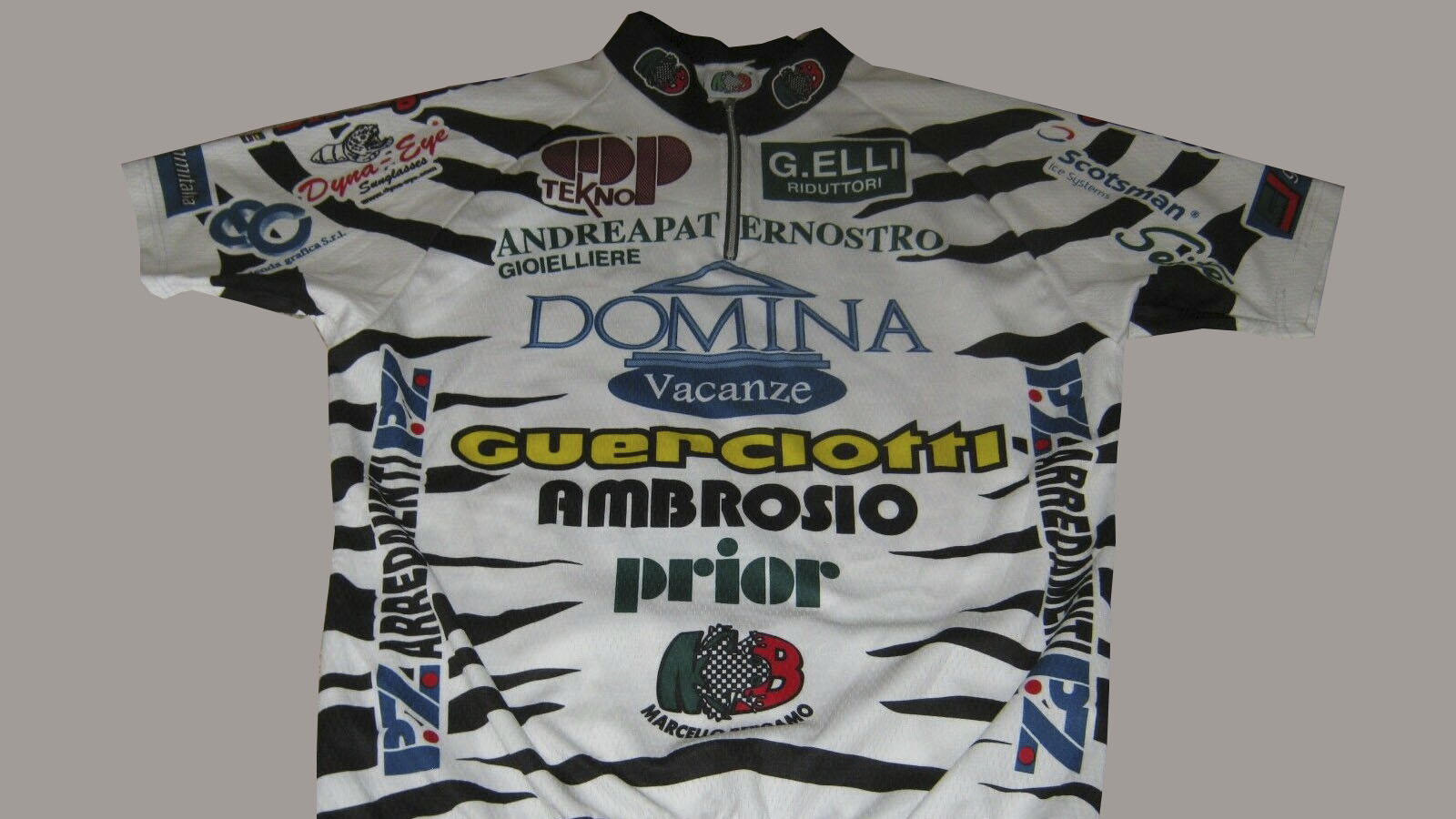
Domina Vacanze
You wouldn’t give this jersey to your worst enemy but it’s a classic from the era nonetheless. By 2005, Cipollini had quit but a raft of smaller Italian riders remained, including Giovanni Visconti, Ivan Quaranta, Angelo Furlan, and Wladimir Belli.
There was an Eastern European presence on the squad too but they won only nine races before the sponsor left.
We're constantly on the lookout for unique and rare cycling relics on eBay. If you have any suggestions or leads, please send them to cyclingnews@cyclingnews.com with 'eBay Finds' in the subject line.
Daniel Benson was the Editor in Chief at Cyclingnews.com between 2008 and 2022. Based in the UK, he joined the Cyclingnews team in 2008 as the site's first UK-based Managing Editor. In that time, he reported on over a dozen editions of the Tour de France, several World Championships, the Tour Down Under, Spring Classics, and the London 2012 Olympic Games. With the help of the excellent editorial team, he ran the coverage on Cyclingnews and has interviewed leading figures in the sport including UCI Presidents and Tour de France winners.
